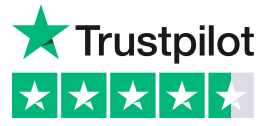Specialized Marketing Execution
For Businesses of All Sizes
Quickly Delegate Marketing Work
- Quick Task Assignments
- Easy File and Doc Upload
- Simple Project Estimates
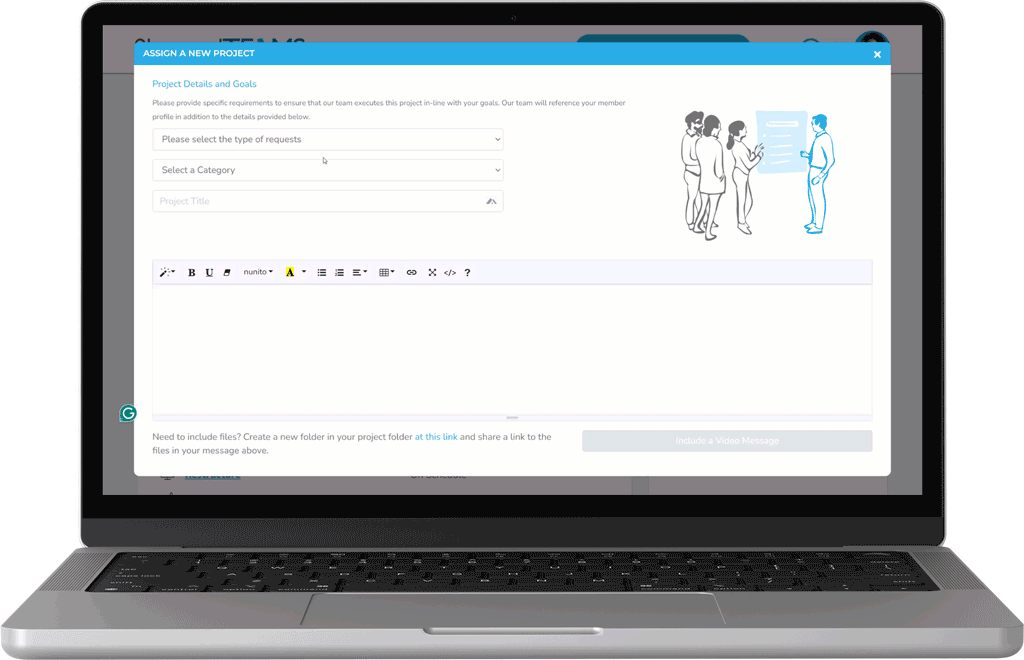
Receive Real-Time Progress Updates
- Detailed Project Briefs
- Transparent Project Hours
- Project Activity Reports
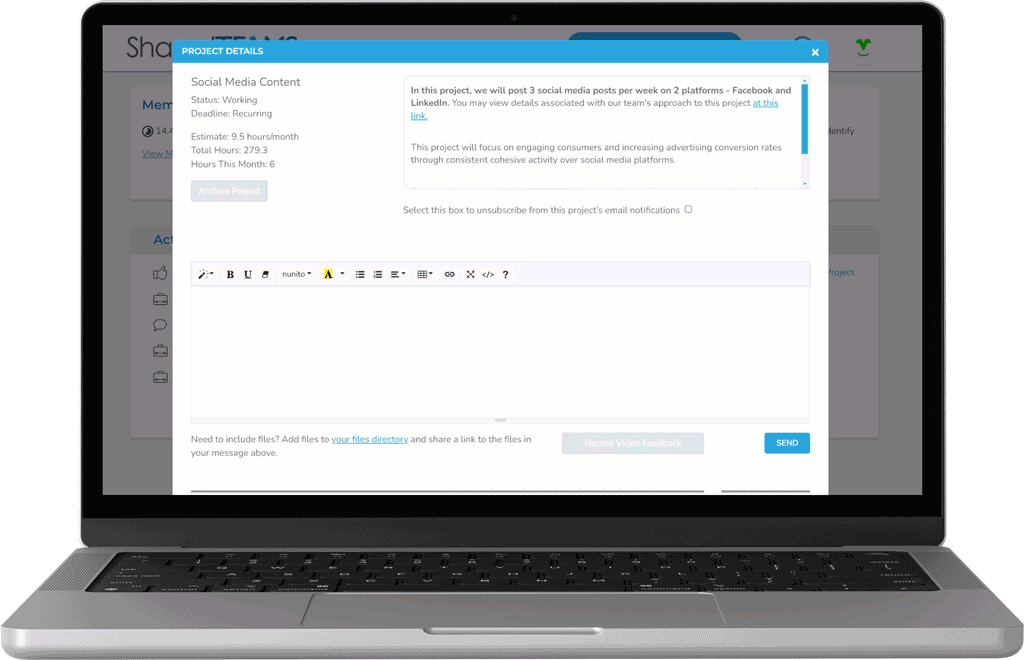
Using Modern Feedback Tools
- Video Messaging
- Live Project Meetings
- In-Platform Collaboration
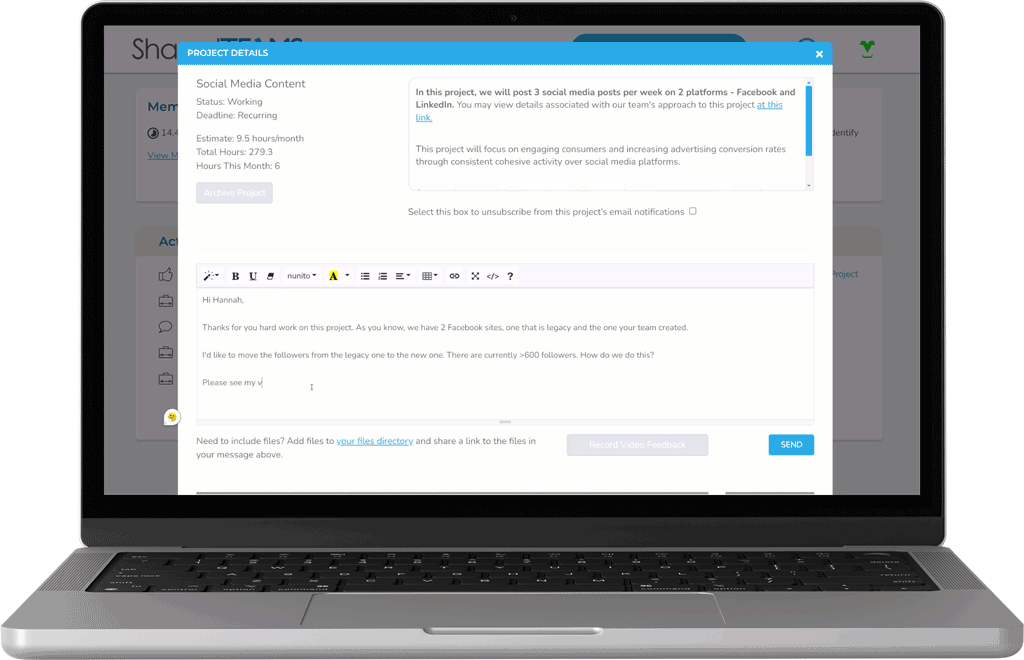
Maintain your Brand Guidelines
- Content & Messaging Style
- Visual Branding Guidelines
- Positioning & Competition
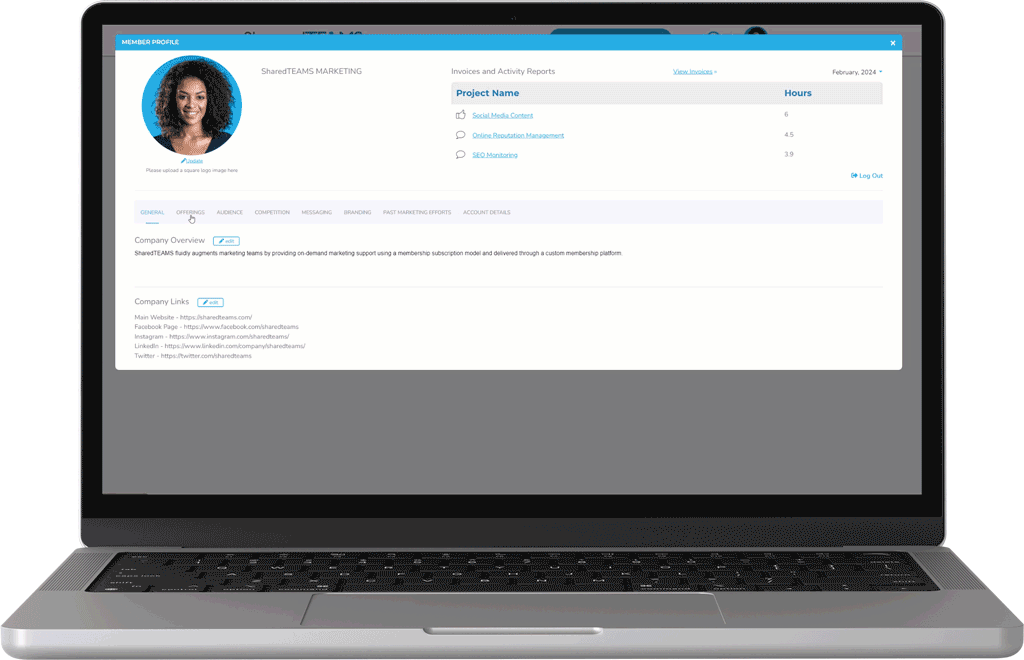
Trusted By Hundreds of Businesses Since 2010
Access Five Coordinated Teams
Starting at $95 Weekly
We work as a fluid extension of your in-house marketing department to develop, manage, and optimize your marketing program.

Graphic Design
Differentiate your brand, convey your level of quality, and establish a memorable presence with sophisticated visuals.
Communications
Use strategic content and clever copy to convert your target audience into customers and customers into loyal advocates.


Web Development
Establish a powerful online foundation for your marketing program through conversion-focused UX/UI design.
Social Media
Stay relevant on social media by delegating your post designing, content crafting, scheduling, and engagement efforts.


Advertising
Hyper-target your audience and use modern advertising strategies to guide them through every phase of your marketing funnel.
The Perfect Marriage of
Modern Marketing Solutions
We’ve combined on-demand flexibility with the coordination, consistency, and quality of a top-tier agency.

Specialized
Specialized marketing teams overseen by your dedicated marketing manager.
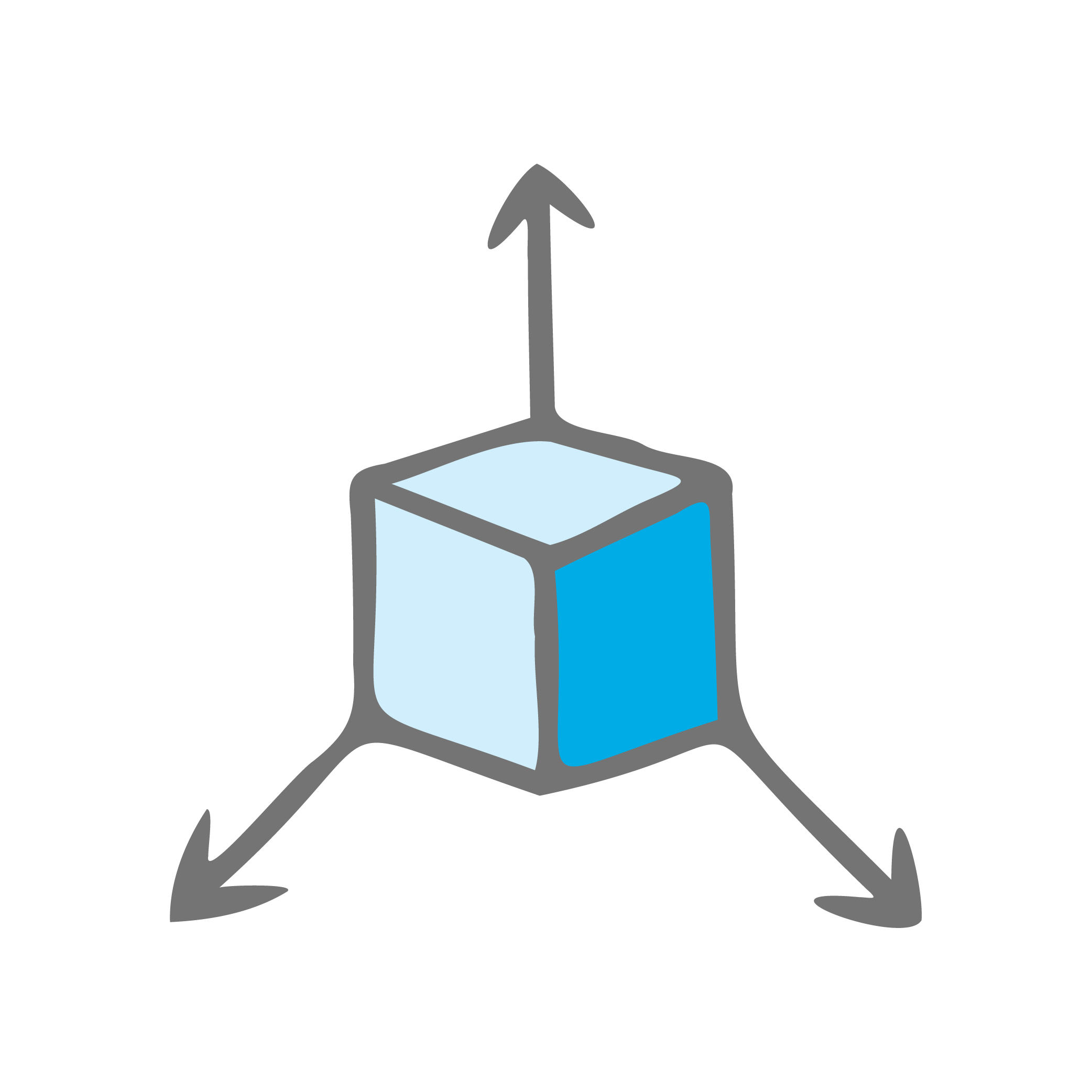
Flexible
Fluidly scale your project volume up or down without penalty.

Equitable
You own all of the accounts, source files, and other assets used on your projects.

Low-Risk
Our terms are month-to-month with no minimums and no penalties.
Hyper-Focused on Member Satisfaction

Member Success Stories
Learn how our team has helped hundreds of businesses across multiple industries solve complex marketing challenges since 2010.



